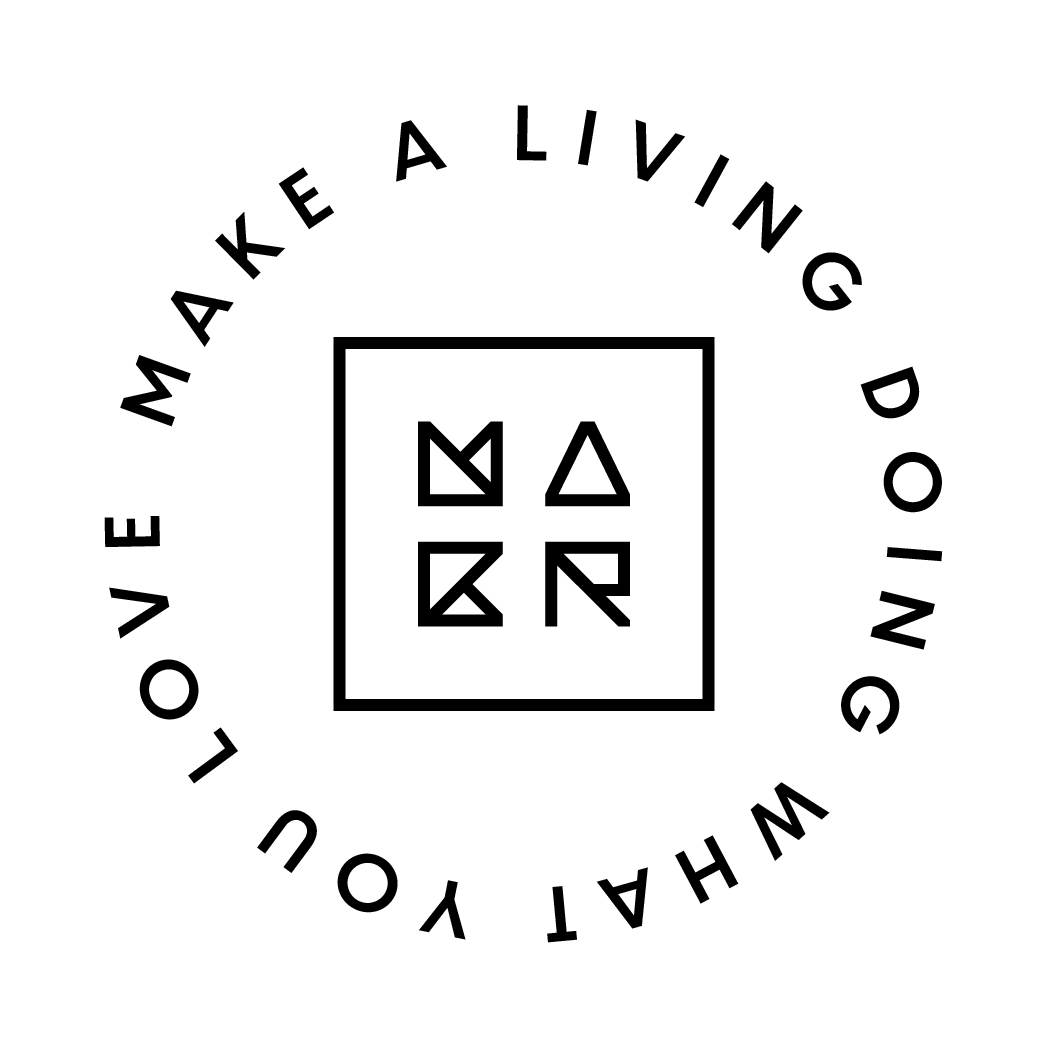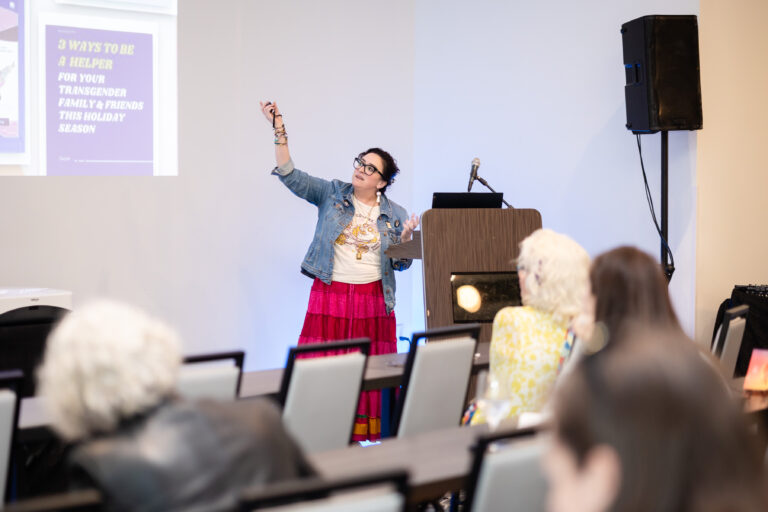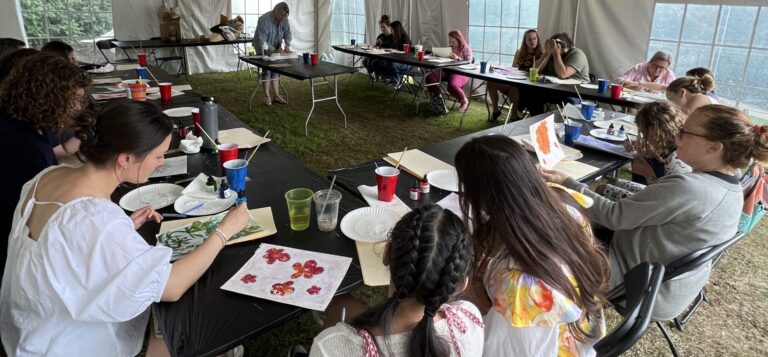“Brand” is a buzz word that’s thrown around a lot in reference to business, social media, and marketing.
But what exactly is branding?
Jesse and Lauren Ray Wagner, co-owners of Nathanna Design Studio, recently led a Make. Learn. Grow. session at the Knoxville Entrepreneur Center about branding for makers. They’ve broken it down into 5 steps for developing a brand for you and your business.
First, let’s start with that it’s not. Branding is not just a pretty logo. It’s not your social media presence. It’s not even the product or service you provide. It includes those things, but it’s much more.
So what is branding?
A brand is the essence of the product or service you provide.
It’s a collection of expectations. It’s a gut feeling.
It’s the emotional response that resonates with an individual or audience. When used effectively, the story a brand tells will connect with an audience on a fundamental level that goes beyond the product or service that is being provided.
A successful brand:
-
tells a story
-
provides credibility
-
activates an emotional response to you or your business
A brand helps build your reputation and provides the structure and framework in which to grow.
We all equate feelings with brands we know well. Target. Toyota. Tiffany. Each one evokes a different emotional response.
So how do you create a strong brand?
Step 1: Research
Start by clarifying your vision, the strategies you plan to pursue, your goals and values, they said. And the best way to do that is to ask a lot of questions. When they’re working with clients, they help them through a client questionnaire. It helps them understand their history, their preferences and their aspirations on both a logistical and emotional level.
Evaluate existing brands, not only of your competitors but also brands outside of your field to learn how brand loyalty and connections are being made.
Step 2: Strategy
Next, develop a positioning platform.
SAY WHAT?
It’s not as complicated as it sounds. It’s the method(s) or vehicles a business can use to most effectively reach their desired audience. For some it might be Instagram, for others ads in magazines. It might be blogs or YouTube videos, too.
Step 3: Identity Design
Once you’ve established your brand story – you’re creating something and you’re dependable and cost-effective, or you’re stylish and in-demand – write a creative brief that tells your story and clearly explains your brand vision. Develop the key messages you want to convey.
Step 4: Realization
Then it’s time to think about the visuals: the logo and other visual aspects of the brand. As part of that you’ll also develop standards and guidelines for the use of the visuals. For instance, your logo is a certain shade of green and uses a particular font. This provides brand consistency for anyone who needs to work with the brand in any context.
Step 4: Implement + Manage
Once you’ve launched your brand, it’s important to monitor your message: make sure it is consistent and your positioning platforms are helping you meet your goals.
Artisans running small businesses may think “my business is too small to need a brand.” Or “I don’t want it to look too ‘slick.’” Or “the product/service sells itself.”
Or simply “branding is too expensive.”
NOT having a brand will cost you more in the long run.
















